Recommendations for gaming laptops suitable for college projects and gaming
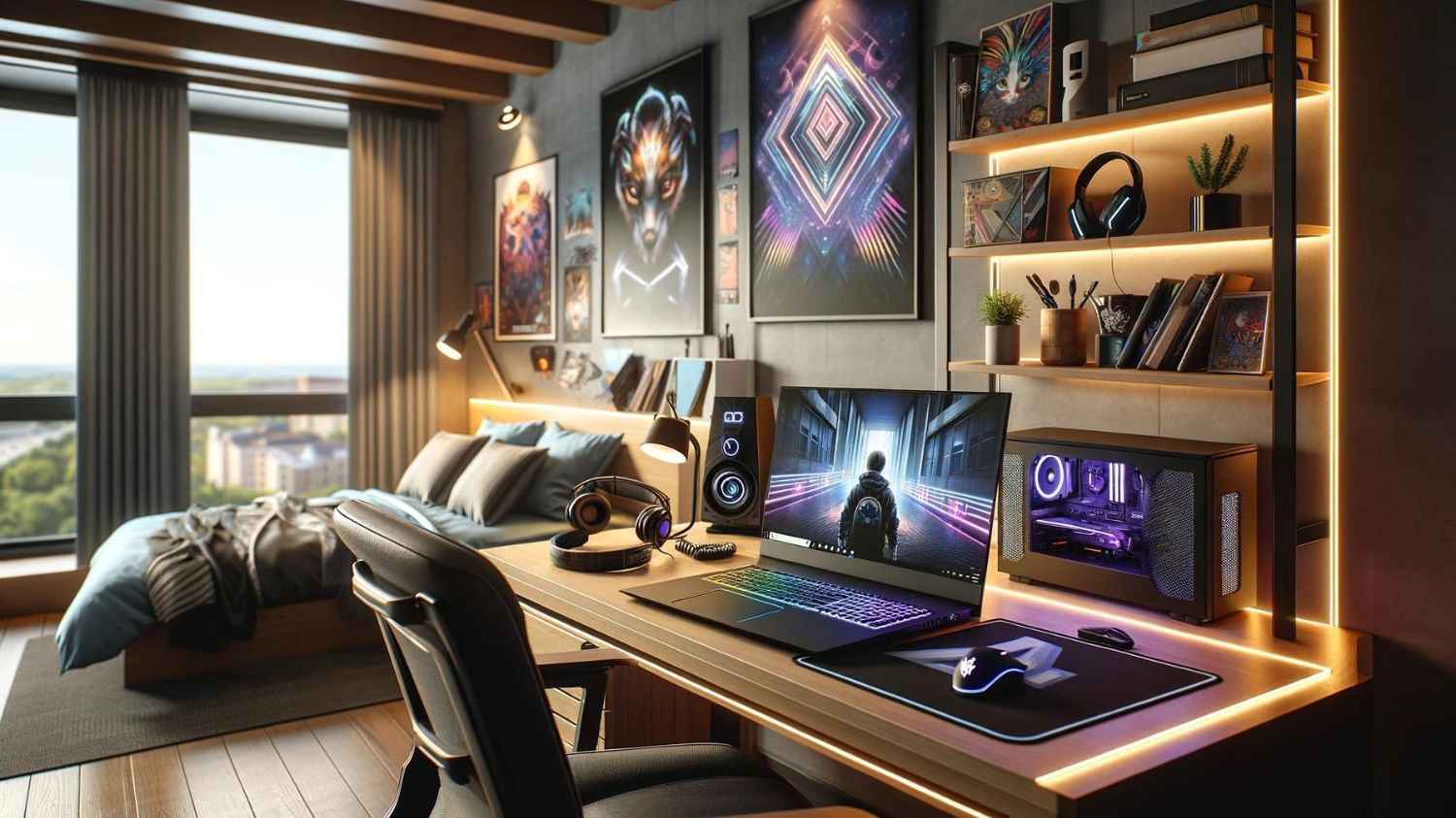
Choosing the right gaming laptop for both college projects and gaming can be a nuanced task, requiring attention to several critical components. It’s essential to consider factors like the processor’s performance, the amount and type of RAM, storage capacity, graphics card specifications, and the quality of the display. These components significantly influence the laptop’s ability to handle resource-intensive applications and games, ensuring a smooth and immersive experience. Additionally, aspects such as build quality, design, battery life, and portability are crucial for students who are always on the move.
 Survey
SurveyOne model available in the Indian market is the Acer Nitro 16 (2024). This laptop is powered by an AMD Ryzen 7 7840HS APY featuring an Intel Core i5 processor and equipped with 16GB of DDR5 RAM, for smooth multitasking and gaming and is paired with an NVIDIA GeForce RTX 4060 GPU. Based on these specs, you can very easily determine that this laptop is good enough for gaming as well as normal utilitarian tasks like document editing, making presentations etc. But with a 16-inch FHD+ 165Hz display with accurate colour reproduction, it also becomes a creativity machine.
At first glance, the subtleties of a gaming laptop might not be obvious. However, when choosing a gaming laptop for both college and gaming, it is crucial to select a model that balances performance, durability, and portability. This guide will ensure that the laptop you end up selecting is the best gaming laptop that meets the demands of both academic responsibilities and gaming effectively.
Gaming Laptop Parameters To Keep In Mind Before Purchase
Performance
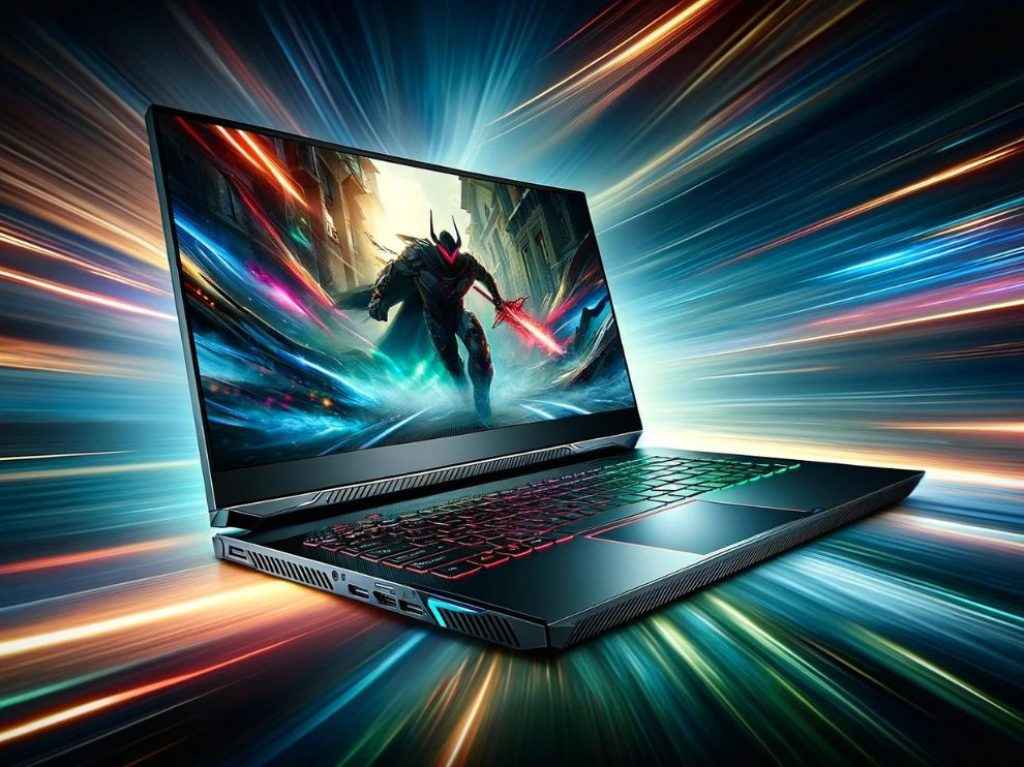
For college students seeking a balance between affordability and performance, the mid-range to premium mid-range segment of gaming laptops is ideal. These laptops typically feature processors like the latest generation Intel Core i5 or i7, or AMD Ryzen 5 or 7 series, which provide sufficient power for both gaming and academic tasks without breaking the bank. Popular choices include models from the ASUS TUF series, Acer Nitro series, Dell’s G series, or the Lenovo LOQ. These often come equipped with NVIDIA GTX or RTX 3050 to 4060 graphics cards, offering good gaming performance at a more accessible price point.
In terms of CPU ‘generation’, you can opt for either the 12th or 13th gen Intel variants, as both primarily differ in terms of efficiency cores. On AMD’s side, the Ryzen 7000 series is the most common, simplifying the choice over the Ryzen 5000 series. When selecting GPUs, you have two main generations to consider from Nvidia’s offerings. If you prefer the RTX 3000 series, the RTX 3050 (6GB variant), RTX 3060, and RTX 3070 Ti are solid options. If you’re leaning towards the RTX 4000 series, your choices in the under Rs 1 lakh price range will likely be limited to the RTX 4050 or RTX 4060.
The main difference between the RTX 3000 and 4000 series lies in efficiency and performance per watt, which translates to better battery life. However, there are many GPU options available that can meet specific requirements.
Memory and Storage
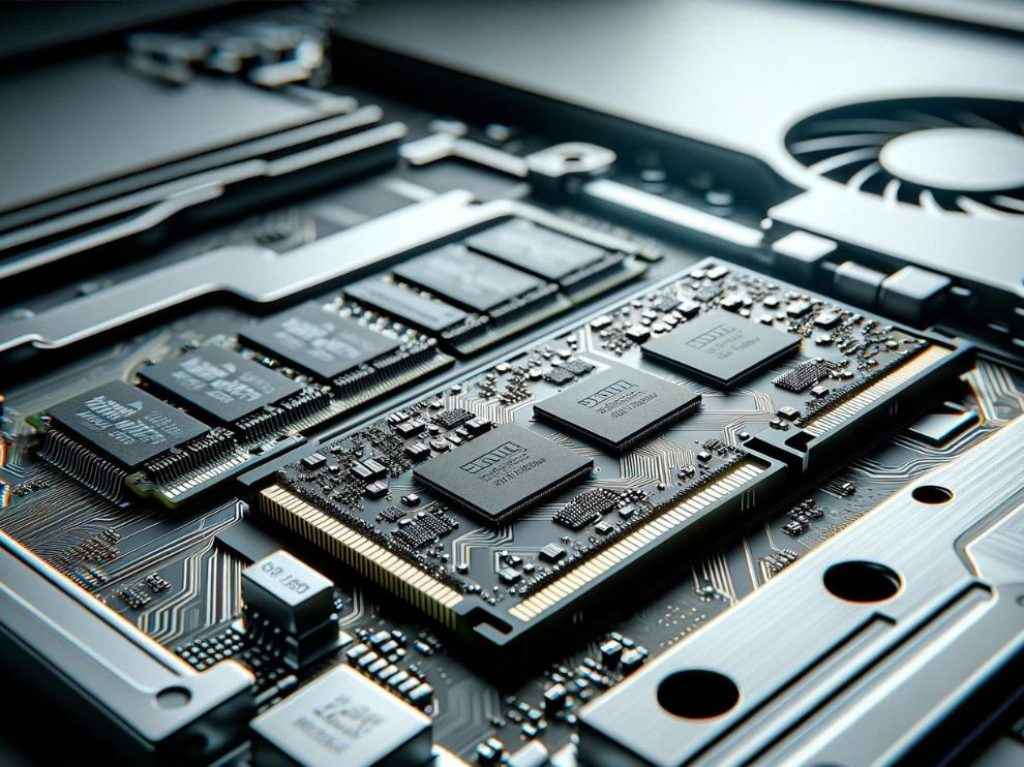
When selecting a gaming laptop in 2024, especially for college students who need to balance performance with cost, it’s important to focus on both RAM and storage specifications. A minimum of 16GB of RAM is recommended to ensure smooth multitasking and efficient data handling. This capacity is sufficient for running complex software applications and modern games without significant lag.
For storage, opting for an SSD (Solid State Drive) of at least 512GB is advisable. SSDs are faster than traditional hard drives, significantly reducing load times for both games and programs. They also offer quicker system boot-ups and overall responsive performance. For example, many mid-range gaming laptops now feature PCIe NVMe SSDs, which are even faster and provide a noticeable improvement in performance and user experience.
Also, keep in mind that the latest standards for RAM and SSDs are DDR5 and PCIe Gen 4, respectively. These standards are closely linked to CPU generations, as SSDs directly utilize the PCIe lanes from the CPU. Furthermore, many internal components of the CPU are designed to support DDR5 memory.
Both the Intel 12th gen and the 13th gen CPUs support PCIe Gen 4 and DDR5 standards for SSD and RAM, respectively. On the AMD side, the Ryzen 7000 series supports both these standards.
Display Quality
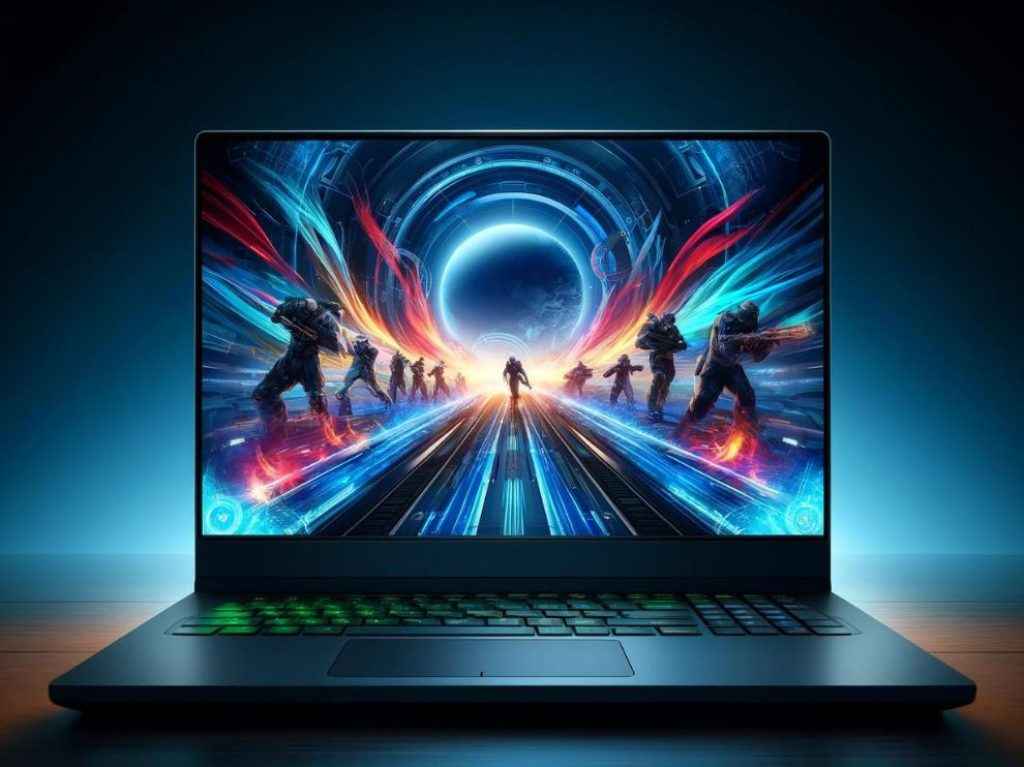
The display quality of gaming laptops has seen significant advancements, particularly in terms of refresh rates and resolution, which are crucial for both gaming and academic tasks. High refresh rates, starting from 120Hz and reaching up to 240Hz or more, ensure smoother on-screen motion, making them ideal for fast-paced games and providing a more fluid user interface for everyday tasks. Furthermore, higher resolutions, such as Full HD (1080p) or even QHD (1440p), offer sharper images, which enhance both gameplay and the clarity needed for detailed academic projects.
For college and school work, any high refresh rate display would be suitable. If you primarily play AAA games, then a 120Hz or 144Hz high refresh rate display is appropriate. However, if your main focus is eSports, then a display of 165Hz or higher is what you’re looking for.
Moreover, if your work involves creating or editing any form of digital art, whether it be videos or images, then you need a screen that displays a wide gamut of colours and does so accurately. This means the display should have 100% sRGB and 100% DCI-P3 values along with an average Delta E figure of less than 2.
Battery Life
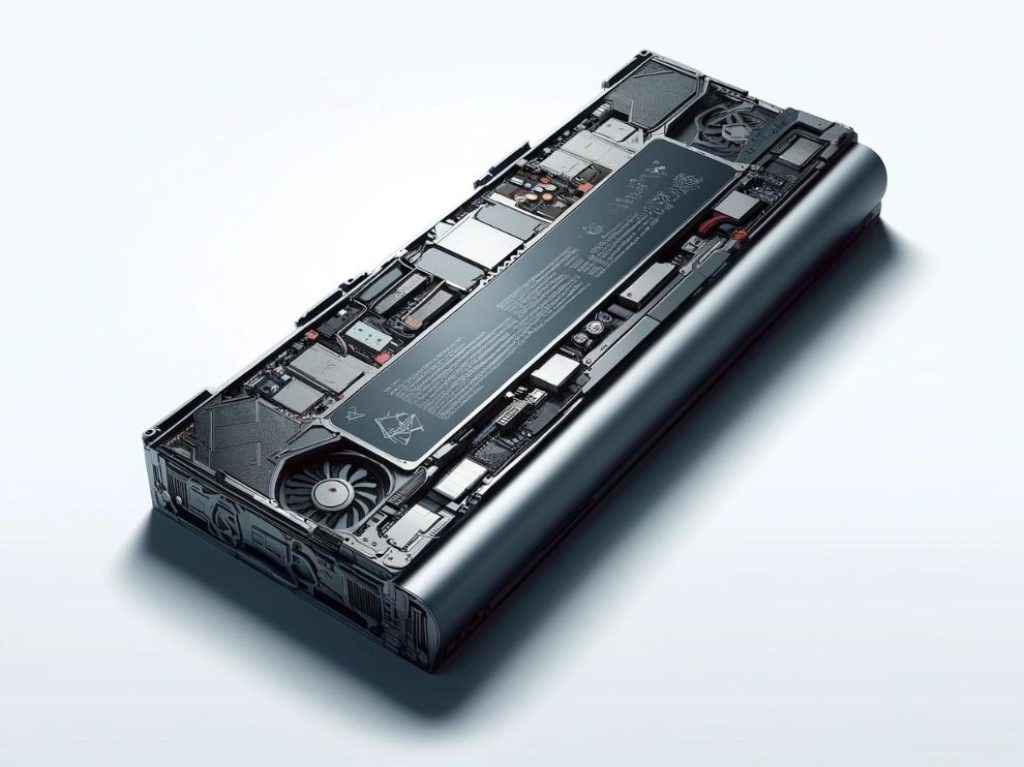
It is wise not to expect high battery life from gaming laptops. However, you can look for a laptop that gives you the option to run on integrated graphics only, which can significantly increase your laptop’s battery life. Additionally, you can decrease the screen’s refresh rate to 60Hz and set your laptop to power efficiency mode for even better results.
Portability
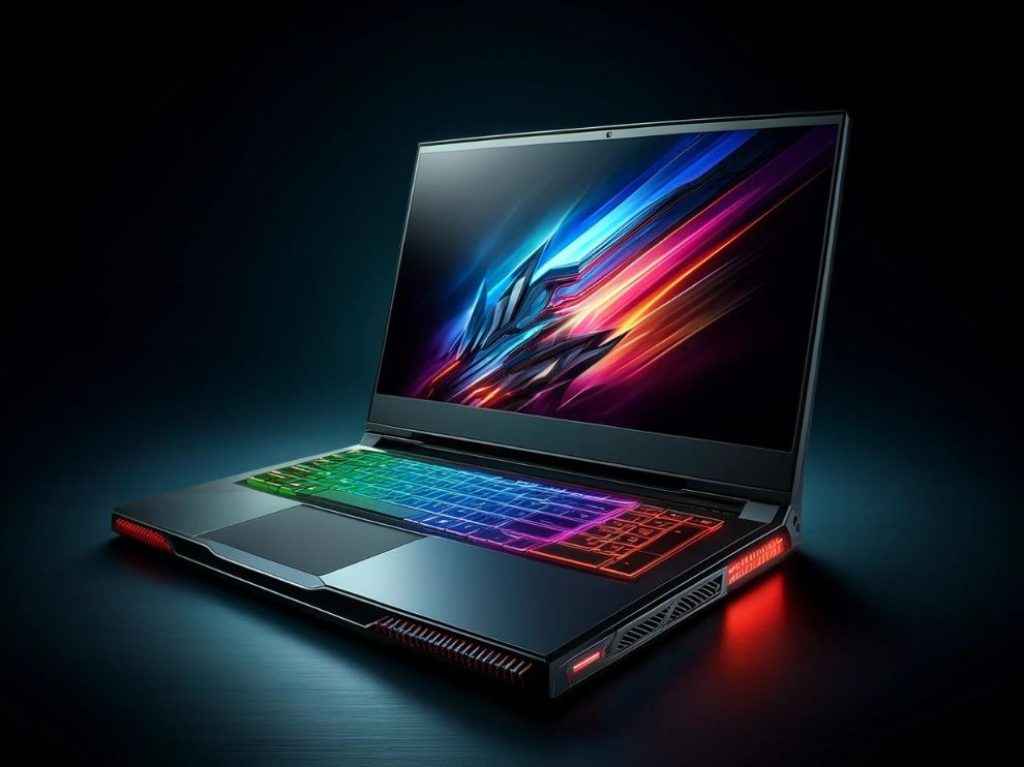
Portability in gaming laptops has become a key consideration for students who need a device that’s easy to carry around campus while still being capable of handling both gaming and academic tasks. The focus is on laptops that are light and thin without compromising on screen size and quality, as a larger display can enhance both productivity and gaming experiences.
For example, the ASUS ROG Zephyrus G14 has emerged as a standout in the thin and light category, balancing high performance with portability. It is particularly noted for packing a powerful AMD Ryzen 9 processor and an RTX 4060 GPU into a compact 14-inch frame that weighs just 1.5 kilograms. This combination makes it ideal for students who need a laptop that’s easy to transport between home, classes, and libraries.
Another great option is the Lenovo Legion Slim 7i, which features a 16-inch display providing a good balance between size and portability. It’s light enough to carry around yet offers substantial screen space for both immersive gaming and multitasking. This model blends performance with a sleek design, making it suitable for both gaming and professional environments.
Both of these laptops demonstrate the industry’s trend towards making gaming laptops more versatile, ensuring they can serve as both a gaming rig and a tool for academic success. This blend of portability, performance, and usability is crucial for students who require their devices to be as flexible as their schedules.
However, both of these laptops are quite expensive. Therefore, in the under Rs 1 lakh price segment, most laptops will weigh around 2kg. Additionally, there’s a reciprocal relationship between portability and performance. The lighter and smaller a gaming laptop is, the more performance loss and heat generation it may experience.
Durability

College students need laptops that can withstand daily wear and tear. Brands like Dell and Acer are renowned for their robust construction. For example, the Dell G15 series is known for its solid materials, providing a durable chassis that can handle the rough and tumble of student life. Additionally, opting for laptops that offer comprehensive warranties or protection plans can provide peace of mind, safeguarding your investment against potential accidents or hardware failures.
Heat Management
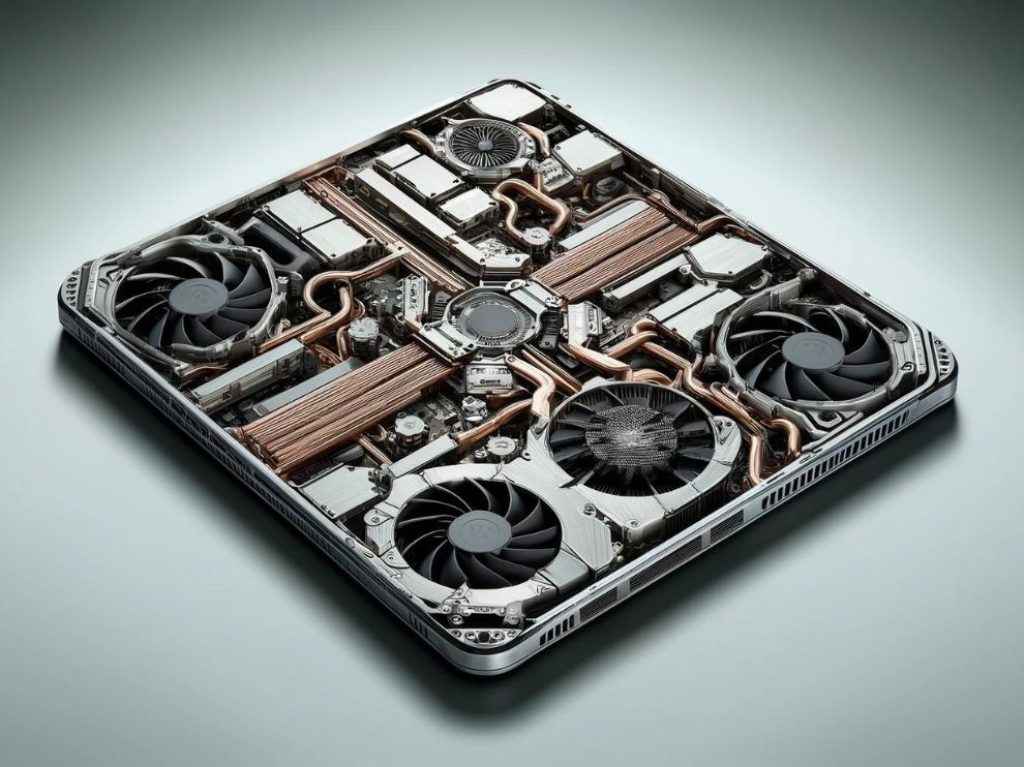
Gaming laptops typically generate a lot of heat, especially when running intensive games or software. Effective cooling systems are essential to prevent overheating, which can degrade performance and shorten the lifespan of the device. Gaming laptops like the Acer Nitro 16, HP Omen 16, and the HP Victus series incorporate advanced cooling technologies and multiple cooling fans, which help maintain optimal operating temperatures. These systems ensure that even under heavy load, the laptops perform efficiently without thermal throttling.
Moreover, opting for a larger 17-inch laptop, like the ASUS TUF Gaming F17, is another way to ensure better airflow in your device. With a bigger chassis, your laptop’s fans won’t have to work as hard to keep the device cool.
Keyboard, Touchpad Quality and Connectivity Options
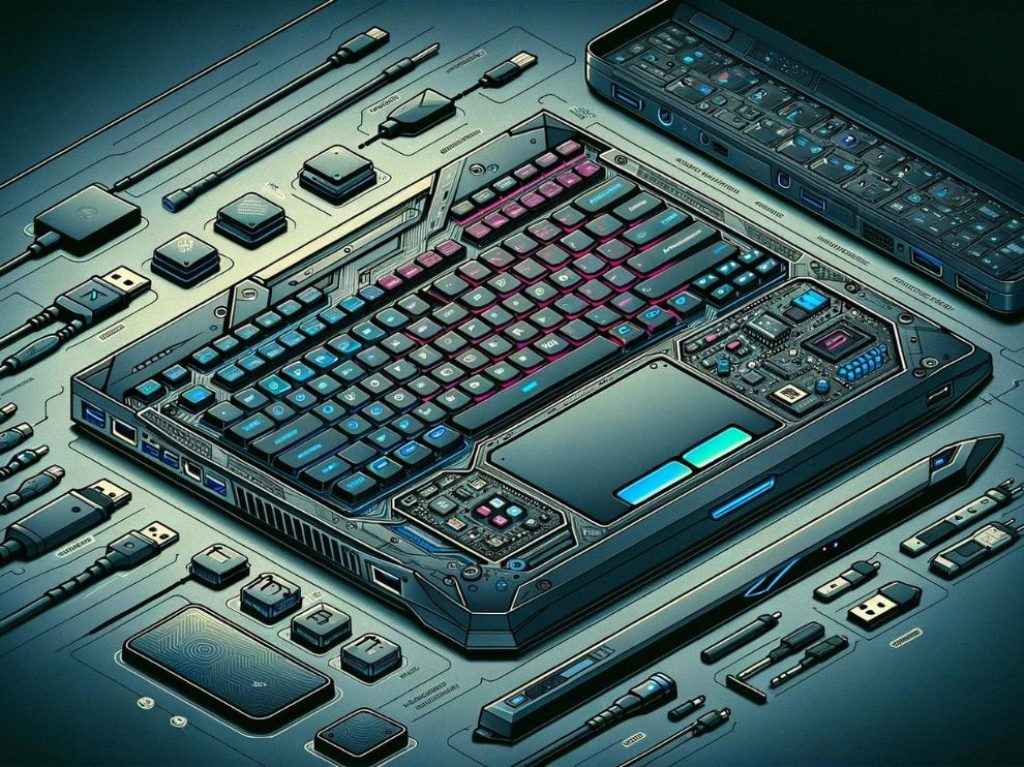
A high-quality keyboard is essential for both gaming precision and academic productivity. Laptops like the Dell Alienware series are known for their mechanical keyboards, which offer excellent tactile feedback and durability, but they tend to be expensive. In the budget range, you might consider the Acer Nitro 16. It features a keyboard that, while not membrane-type, provides excellent spring action and key travel. On the other hand, touchpads should be large and responsive. For example, the HP Victus series features a quite large trackpad.
Ample connectivity is another vital aspect, especially for students who need to connect various devices such as external monitors, gaming peripherals, and other academic equipment. Laptops equipped with a range of ports, including USB 3.2 and Thunderbolt 4, offer versatile connectivity solutions. You should also look for an Ethernet port, particularly if you often participate in LAN gaming. Another important feature is a full-size SDXC card slot, which allows you to transfer media directly from your camera to your computer without needing additional accessories.
Budget
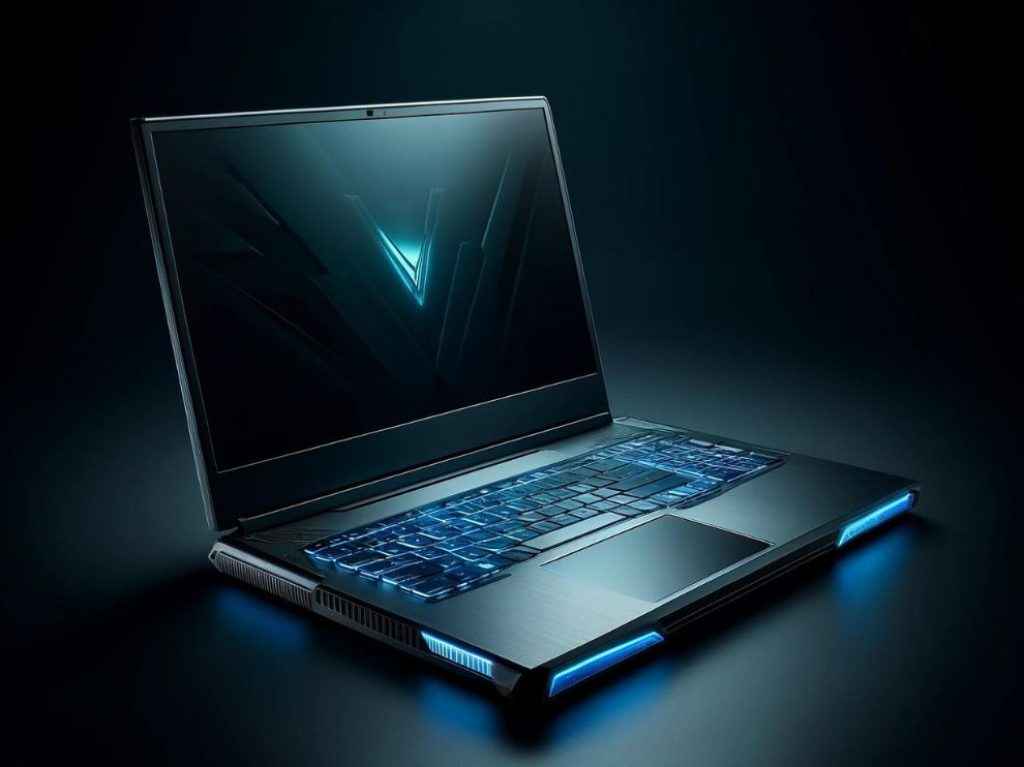
Finally, balance all these features within your budget. High-end gaming laptops can be expensive, but many brands offer models that strike a good balance between cost and functionality. Simply put, you should be aware of what you’re paying for. Some laptops may have a better CPU and GPU combination but a less impressive display in terms of colour accuracy, like the Lenovo LOQ. Additionally, some laptops might be expensive primarily because they have a larger chassis, which in turn allows for better heat dissipation, such as the ASUS TUF Gaming F17.
So, whatever your requirements are, keep them in mind before finalising your purchase.
Yetnesh Dubey
Yetnesh works as a reviewer with Digit and likes to write about stuff related to hardware. He is also an auto nut and in an alternate reality works as a trucker delivering large boiling equipment across Europe. View Full Profile